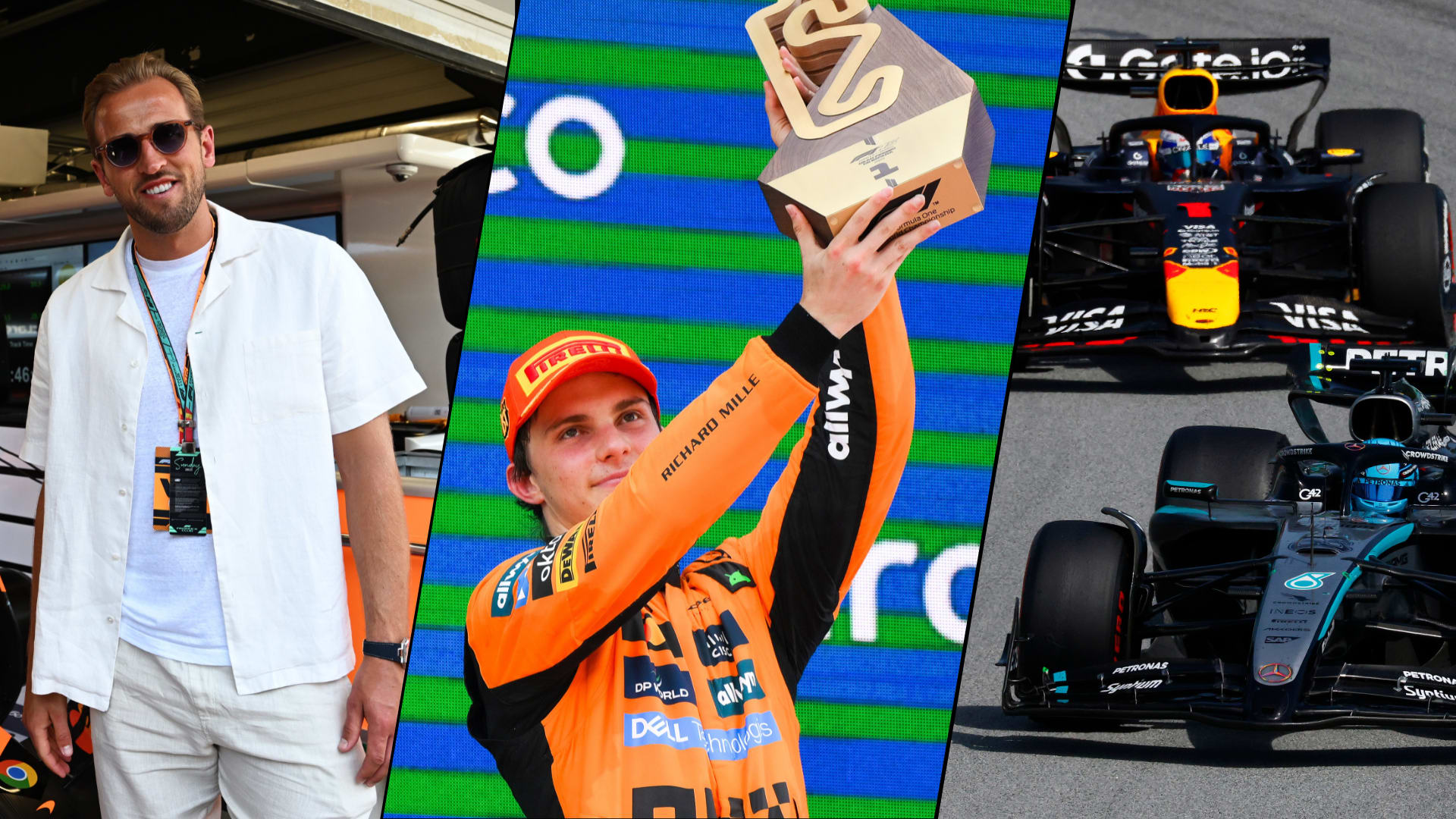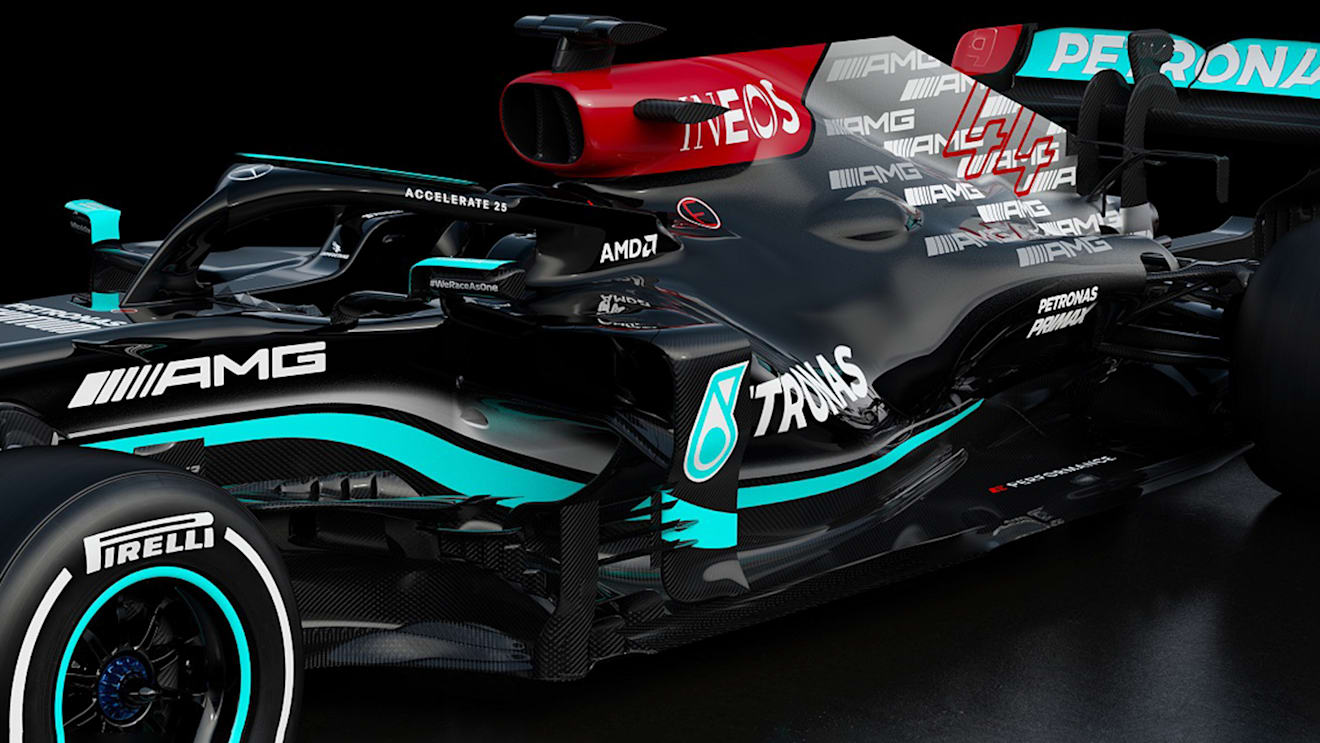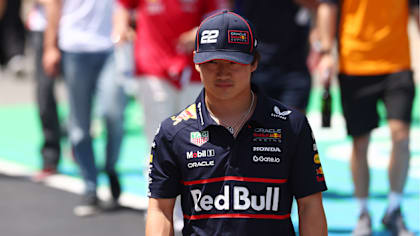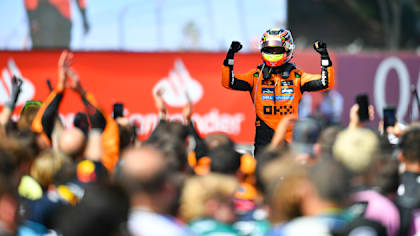
Technical
RAPID REACTION: What tech changes have Williams made under the FW43B’s new livery?

Share

Williams became the ninth F1 team to unveil their 2021 challenger on Friday when they revealed the FW43B – here's F1 technical expert Mark Hughes' first impressions of the car that George Russell and Nicholas Latifi will be racing this season...
Clearly a subtle reworking of last year’s car, the Williams FW43B nonetheless exhibits significant reworking around its sidepod and engine cover area, probably reflecting the revised packaging of the Mercedes M12E power unit.
It also features a similar bubble bulge in the bodywork on the lower part of the engine cover (where it transitions into the sidepod) to those already seen on the Mercedes W12 and Aston Martin AMR21.
FIRST LOOK: Williams reveal new livery ‘inspired by all-conquering cars of the 80s and 90s’
We believe this bulge is to accommodate a completely new variable inlet system from Mercedes HPP, designed to give a better power spread than the previous more space-efficient version.
1 / 3
The downward ramp of the sidepod appears enhanced in angle and area, attempting to boost airflow along the car’s flanks to the aerodynamically-sensitive space between rear tyre and diffuser.
The wide nose is retained, together with an inboard-loaded front wing. This and what appears to be identical front suspension suggests there has been no token spend at the front of the car, but the wing itself (which is not a homologated part) is more heavily contoured than last year, shaped in a way which will create more powerful vorticies towards the bargeboards.
One development token was spent last year, leaving just one left over. Single token components are not the major ones and so the token-relevant rear parts are also as per last year, which makes sense given that Williams is already committed to a full Mercedes rear end for its 2022 car.
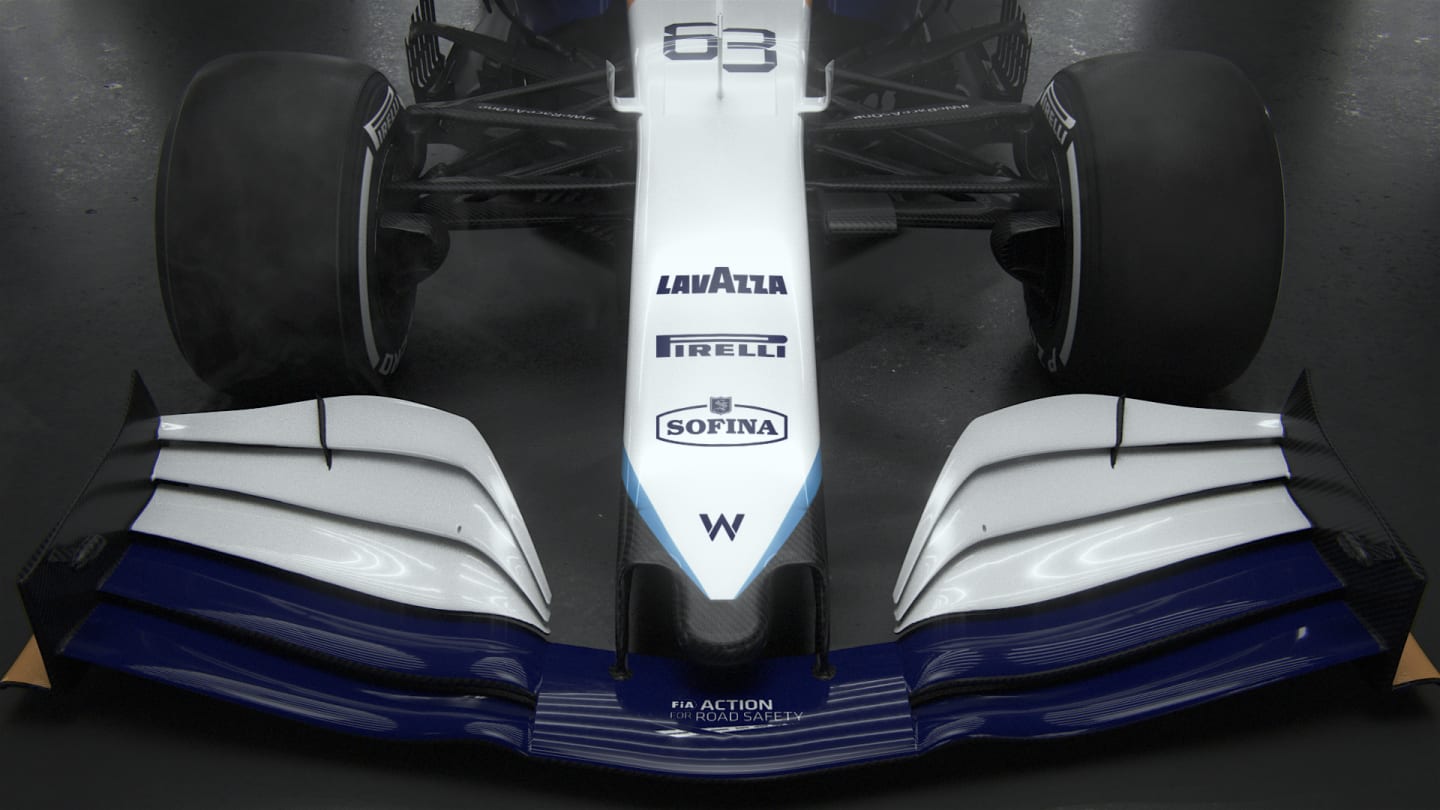
Williams have kept the wide nose on the new car
The wide nose lends itself less well than the narrow in how effective the under-nose cape can be in turning the airflow to the bargeboards – and this in turn determines how aggressive a layout is feasible for the bargeboards themselves.
But it can clearly be made to work reasonably well – as AlphaTauri showed last year – and can actually give an advantage at high speeds, as the hollowed out section beneath creates a pressure difference which helps accelerate the airflow to the underfloor.
Team principal Simon Roberts has emphasised that a lot of effort has been made to save weight, to give the full range of ballast to move the weight distribution to more precisely match the needs of each circuit.

Williams last year made no secret of the fact that the FW43 was not fundamentally different from its 2019 car. The enforced carry over between last season and this means that basic design is being pushed into service longer than was ever envisioned.
But last season showed that despite the outward similarity, performance was much improved. The car was at least 1s per lap faster than its predecessor.
As Williams restructures itself under its new ownership the technical focus is longer term and while full effort will have been made into maximising what is an old concept to make FW43B as competitive as possible, the new regime will be judged on its ’22 car more than this one.
WATCH: The unmissable trailer for Season 3 of Netflix's Drive To Survive
YOU MIGHT ALSO LIKE
News OFFICIAL GRID: Who’s where in Spain as Stroll withdraws and Tsunoda starts from pit lane
Report Piastri leads McLaren 1-2 from Norris in Spanish GP amid late-race drama for Verstappen and Russell

Video HIGHLIGHTS: Watch the action from the Spanish GP as Piastri wins while Verstappen and Russell collide
News ‘I just got crashed into!’ – Russell and Verstappen offer verdicts on dramatic collision in Spain
